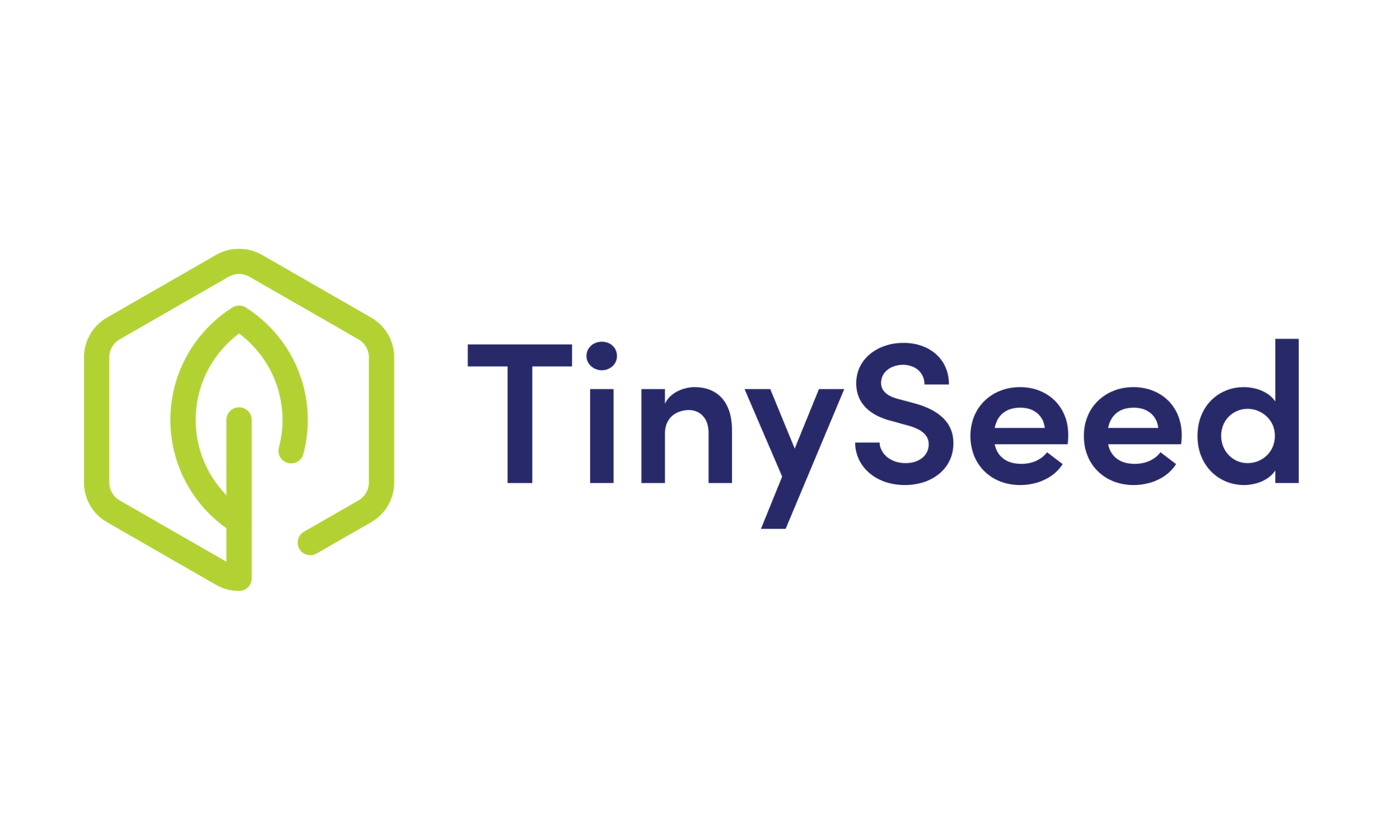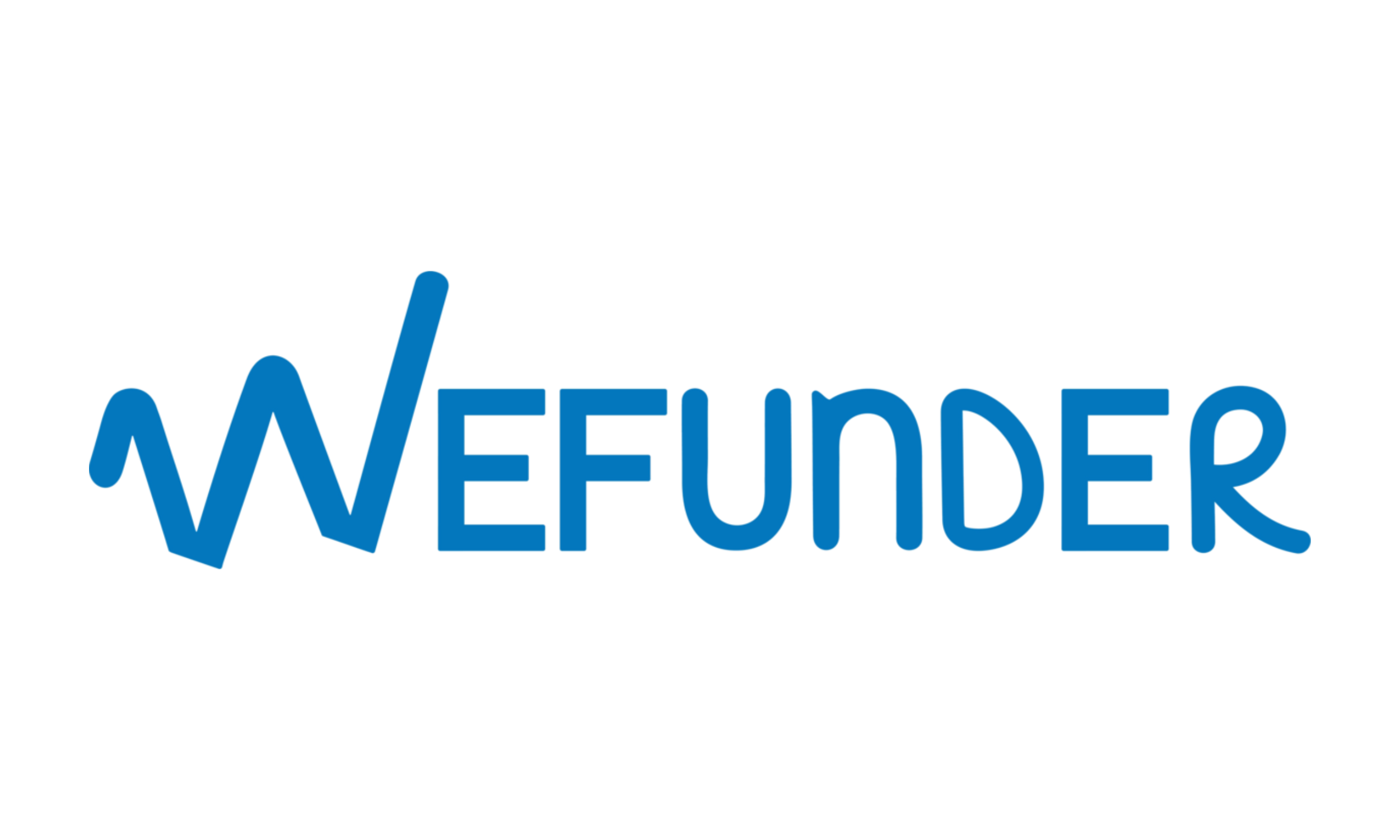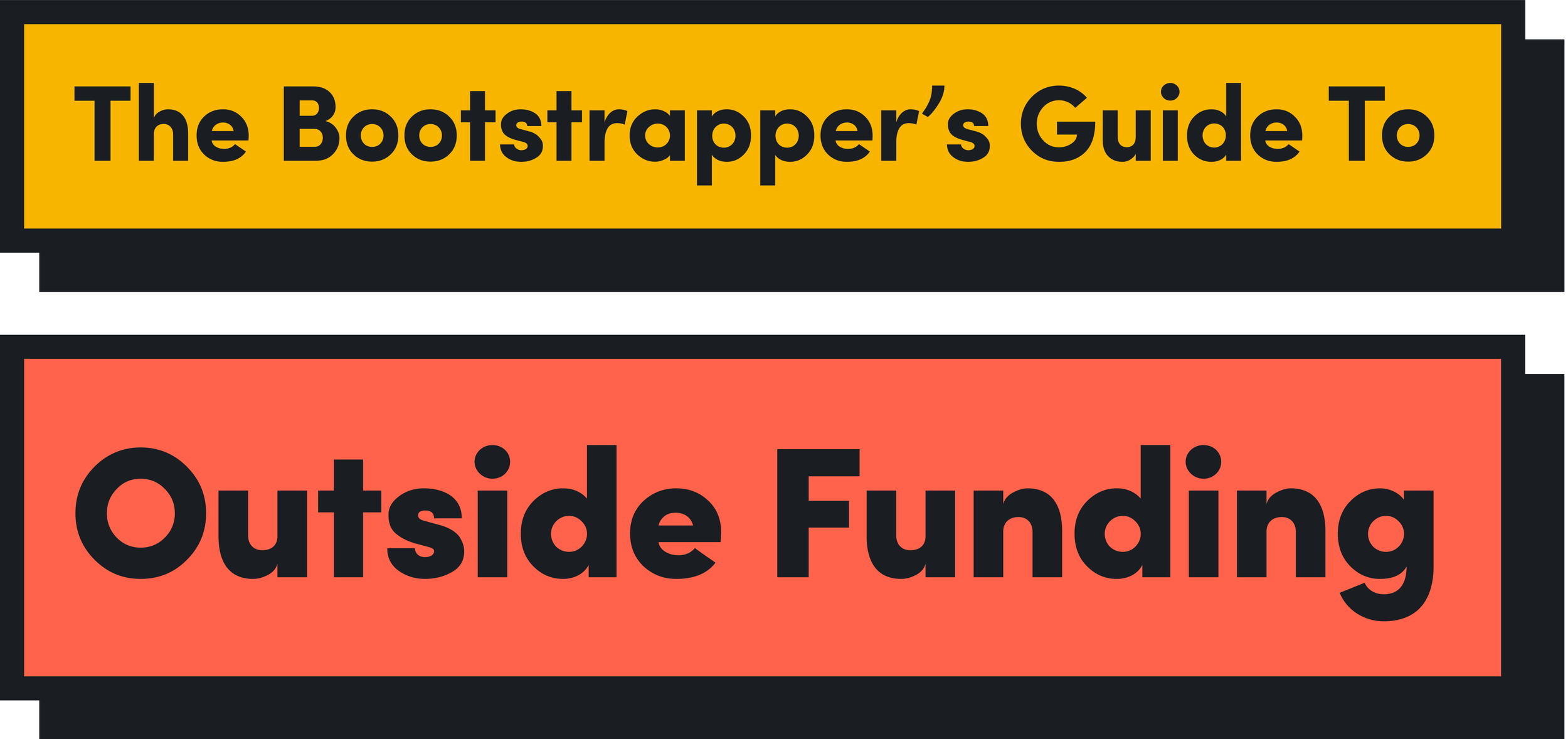
Welcome to the Bootstrapper's Guide to Outside Funding
We’ve put together a guide on the 5 most popular options for bootstrappers looking to secure investment and outside funding for their startup. The Bootstrapper’s Guide to Outside Funding will walk you through a funding stack that starts with the earliest round of capital you might consider, ending with a case for venture capital.
Funding Options Covered Include…
Guide Created In Partnership With




When we launched MicroConf in 2011, the idea that you could bootstrap a software business that was competitive with the likes of Google, Salesforce, or Slack without funding was unthinkable.
For the MicroConf community, being the next Google was never the goal. Building a business on your own terms, using your available resources, and finding product-market fit has never required boatloads of capital to get off the ground.
A Bootstrapper’s Dilemma
The Bootstrapper’s Guide to Outside Funding. You might find the contradiction blinding, but the spirit of bootstrapping a business has evolved massively over the last decade. Bootstrappers have historically been apprehensive (and often downright opposed) to outside funding - with good reason. As a bootstrapped founder, you have the freedom to set your goals and when and how you achieve them. You aren't beholden to stakeholders or investors and don't have to report to boards, advisors, or the like…
The challenge is that bootstrapping might have an upper limit. Only 5% of bootstrapped founders reported that they were able to generate over $3M in annual recurring, with only 1% of founders reaching $1M in monthly recurring revenue. With SaaS multiples between 3x-7x, the data shows that bootstrapped businesses have a valuation sweet spot averaging around $10M, with the outliers able to push towards an upper cap around $80M.
Can you break through that upper cap? Absolutely. Bootstrapped wunderkind like BaseCamp and MailChimp have made that clear. But those stories are incredibly rare. That is why the most successful bootstrappers, who often build with the goal of selling their business, are raking in low- to mid-8-figure sales prices. But what if you’ve got bigger dreams…
Outside Funding is on the Rise
In the 2022 State of Independent SaaS Survey, we found that 28% of founders had previously raised some amount of outside funding and that 30% intended to raise funding in the future. That begged the question - who is seeking funding, and at what stage of their lifecycle do they need it.
We found that earliest-stage SaaS founders - those with less than $5K in monthly recurring revenue (MRR), were less likely to seek outside funding. That makes sense - it's rare to find institutional investment at such early stages - and without evidence of product-market fit, founders have a responsibility to keep building the product - not their pitch decks.
The Bootstrapper’s Guide to Outside Funding
As revenue grows, so does the appetite and potential need for outside funding.
With so much competition and customers willing to churn without a second thought, innovation, optimization, and growth may need to be a step ahead of the revenue curve. That is when outside funding and liquid capital can be so appealing to many founders in it for the long haul.
The style and timing of funding matter. Patterns emerge based the growth, annual revenue, company size, and what modes of funding seem most appropriate for those seeking it. Based on survey data, there are 5 types of funding that are most popular with bootstrapped founders - and those are clearly aligned with scale and growth of the businesses seeking them.
We've written this guide to help founders see a path from their earliest funding option through to the behemoth that is venture capital and when it might be appropriate to consider each step in between. So let’s dive in…

Chapter 1: Friends + Family and Angel Rounds
Sometimes referred to as the Friends, Family, and Fools round of funding, this is the often earliest money that most entrepreneurs will ever take.
The investments are highly personal, very risky, and usually an investment in you as a founder more than one into the business itself.
This chapter was created in partnership with the Angel Investing School, run by Andy Ayim, who uses his experience to help teach budding investors how to start a career in Angel Investing.

Chapter 2: Startup Accelerators
Designed to accelerate the growth of your business, especially during the early stages, these programs often offer you your first significant investment - and take the first significant chunk of equity.
Finding an accelerator that aligns with your goals as a founder is important. With thousands to choose from, each focused on specific areas of expertise, this is a great way to get a leg up on your competition.
This chapter was created in partnership with TinySeed, the MicroConf Fund and Accelerator. TinySeed is the first accelerator for bootstrapped SaaS founders.

Chapter 3: Regulated Crowdfunding
It’s like Kickstarter… but instead of perks, backers you get equity.
Imagine reaching out to thousands of customers and asking if they want a piece of the pie. Regulated Crowdfunding allows you to diversify your investor pool without exploding your cap table via Special Purpose Vehicles.
This chapter was produced in partnership with WeFunder, the home of the Community Round.

Chapter 4: Recurring Revenue Financing
The new kid on the block - Recurring Revenue Financing allows you to transform the revenue coming from paying customers into a tradeable asset. By bringing forward the annualized value of your recurring revenue, you can access capital on your own terms and quickly.
But you should be careful - you do need a healthy business with predictable, secure revenue to qualify.
This chapter was created in partnership with Pipe, the world's first trading platform for recurring revenue. Pipe turns your recurring revenue into a valuable, tradable asset, so you can leverage it to access non-dilutive capital on your terms.

Chapter 5: Venture Capital
The elephant in the room is that Venture Capital is by far the least founder-friendly method of funding available to startups. And it is one of the hardest to obtain.
If you have struck gold with your product and it can call for $25M+ valuations without blinking an eye… venture capital might be an option for you.
But be careful what you wish for - VC money comes with strings, and you may lose some of the magic that entrepreneurship creates for the sake of growth at all costs.

To the diehard bootstrappers out there
We want to reassure you that bootstrapping a business to a meaningful scale is 100% possible.
MicroConf is by founders, for founders, and we have always championed the viability of building a business on your terms. This guide is descriptive - not instructive. If you want to keep bootstrapping your company - do it. We believe in you and will continue creating resources to help you achieve that goal. Check out Rob’s Stairstep Approach to Bootstrapping a Business to get started!












